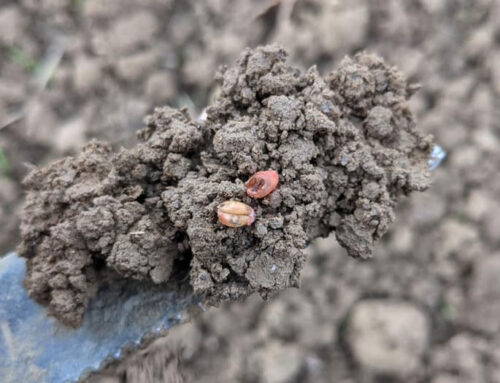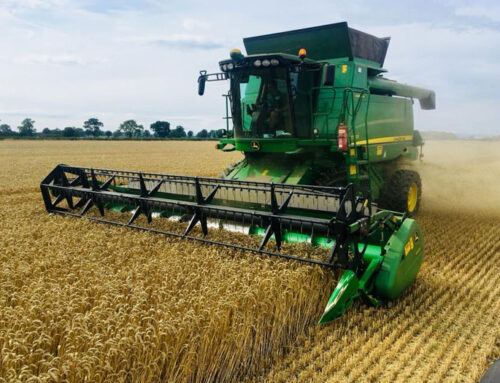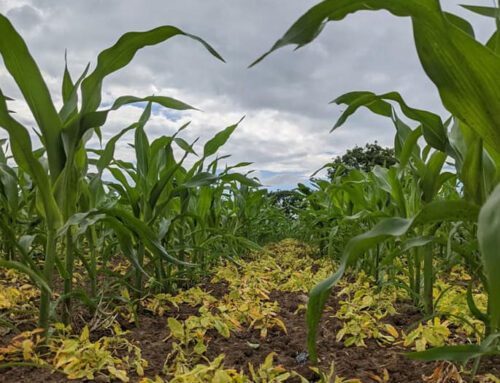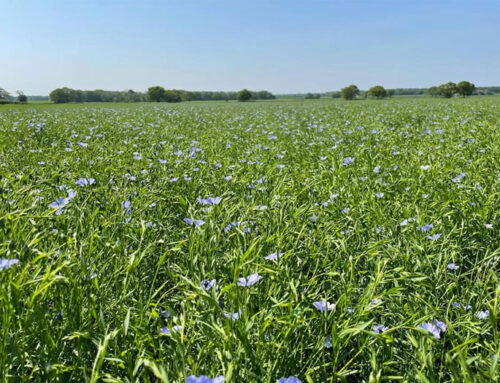Weather and ground conditions remain extremely favourable here in Yorkshire, the last week has been sunny in the daytime with plenty of hard frosts creeping in on the evenings. I have still not been brave enough to ditch the wellies but I’m certainly not carrying half of the county around on my feet as I walk.
This week will however be more office based as it’s the annual AICC technical conference. As with last year we will not be able to discuss the latent phase of septoria over a Babycham but instead the 3 days will be delivered via an online format. I have this morning received the final agenda and from what I can see is mapped out to be another well-planned exciting few days.
All my OSR crops have now received their Kerb (propyzamide) or Astrokerb (propyzamide + aminopyralid) applications. Where these treatments have been on a while, effects on grass and broad-leaved weeds are now starting to be apparent. I’m happy to report that the start of winter has helped thin some of these triffid-like crops out and is preparing them well for when early spring approaches. As noted in my last article phoma and light leaf spot levels are still very low and further back up my decisions in the late autumn to not apply prophylactic fungicides.
Winter barley crops are at varying heights but are generally at the same growth stage. Mildew had crept in pre-Christmas but mother nature and her recent frosts have been an environmentally friendly tonic to keep this disease at bay. I have already had my first annual question of ’when can I go on spreading pound coins?’ My answer is the same in every situation, not yet hang fire. My answer is twofold, number 1 the crops are lush and do not require a stimulant and secondly, it is more cost-effective applied later. As for the price the less said the better!
Wheat crops as with barleys are looking tremendous and have tillered well. Early sown crops are nicely sitting around mid-tillering while those following roots are just producing their first tiller. Septoria, like Boris Johnson is just hanging on in the base of the plants however the recent frost kill has helped say goodbye to these early infected leaves. Bitter experience has shown that disease levels can diminish or multiply very quickly as the weather changes. It’s very evident however to see the difference in susceptibility of varieties and those with a score below 5 are being the better host of the disease as expected.
Linseed crops again are coping with the early winter well and plant stand looks promising. The sandier fields had a follow-up broad-leaved herbicide early November and as expected have provided varied results, but with a limited armoury of products, it’s the best we can expect.
Frosty conditions have allowed our group’s soil buggy to go out and crack on with soil sampling and field mapping. I have seen a huge shift in people asking for carbon sampling as well as organic matter. The latter is down to the requirement that will be needed to enter the future ELM schemes and growers getting ahead of the game. Not only is this beneficial in having a better management of the potential of your soils but it’s looking like there will be a financial incentive for carrying out this activity.




